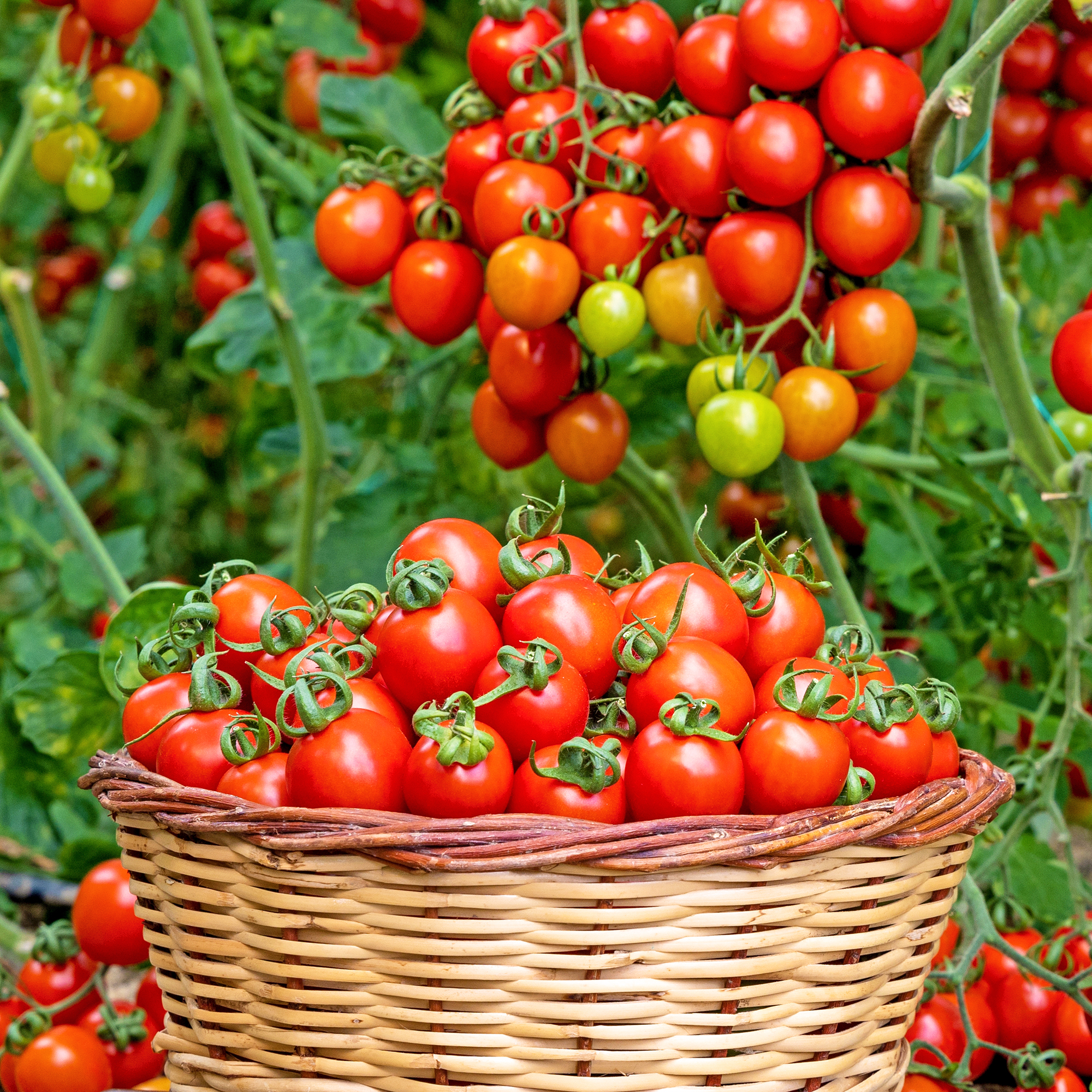Growing Cherry Tomatoes: The Ultimate Guide For The Sweetest, Freshest Harvest
Learning how to grow sweet, juicy cherry tomatoes is so rewarding and perfect for any space. Discover everything you need to get get planting and harvesting.
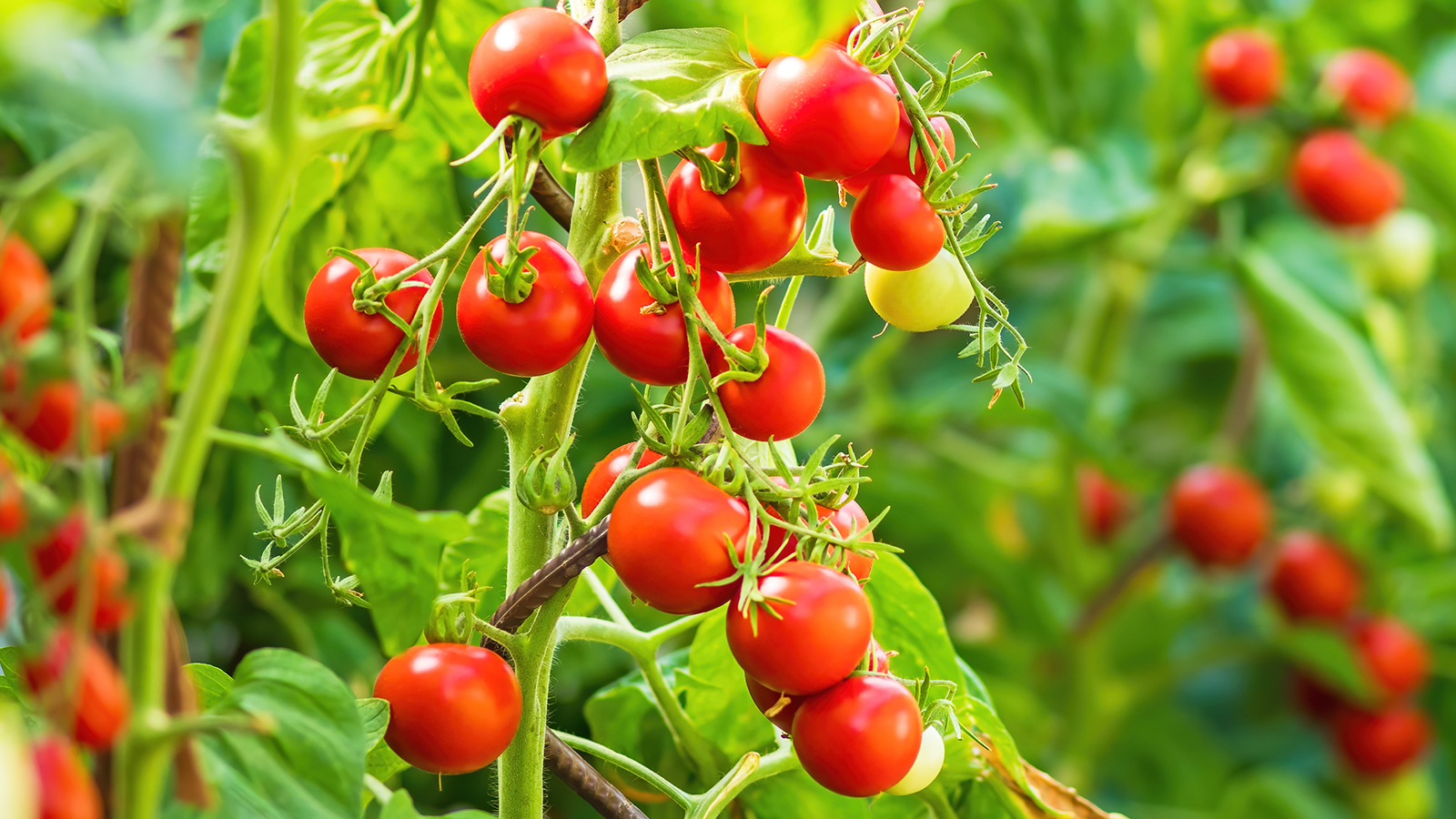

Few summer treats are as delicious as a sweet, juicy cherry tomato. Luckily, growing cherry tomatoes is fairly easy, and their small size makes them perfect for container gardening in compact spaces and even on balconies. You just need a sunny location, good soil, food, and water.
There are many different types of tomatoes to grow, but most gardeners like to include at least one bush of scrumptious cherry tomatoes. If you're just learning how to grow tomatoes, then they're a great place to start due to their fast maturity rate and high yields. Cherry tomatoes are some of the best early tomatoes you can grow, and are a great way to kick off the season. They are also some of the sweetest tomatoes, and they’re so delicious when left to ripen on the vine.
Choosing the Best Variety
There are many varieties of cherry tomato from which to choose, with over 100 cultivars in a range of colors of fruit ranging from classic red to orange, yellow, and even “black". There is variety in shape, too, with pear tomatoes that add character to the plate. Cherries range from heirloom tomatoes to hybrid varieties.
Though often grouped with grape tomatoes, they are not exactly the same. Cherry tomatoes tend to be larger and rounder than grape tomatoes, which are meatier, less juicy, and grape or oblong in shape.
While cherry tomatoes are small, the plants themselves vary. They can be either dwarf or standard-sized, which is important to consider if you're growing in a small space.
You also need to decide between determinate or indeterminate tomatoes, as cherry tomatoes come in both types. Indeterminate tomatoes are vining plants that require more training and maintenance, but they continue to fruit throughout the season until the first fall frosts. Determinate tomatoes are more compact, bushy plants that produce their fruit in one big glut over the space of a couple of weeks.
The best cherry tomato varieties to grow include:
Sign up for the Gardening Know How newsletter today and receive a free copy of our e-book "How to Grow Delicious Tomatoes".
- Sweet 100 – small red fruit
- Black Cherry – large fruit tinged mahogany
- Yellow Pear – teardrop-shaped golden fruit
- Green Envy – pear-shaped green fruits
- Sun Gold – medium-sized orange fruit
- Small Fry – small plant with diminutive fruit
- Sunchola – delicate chocolate-tinged fruit
Starting From Seeds or Seedlings?
From seed to harvest, most cherry tomatoes take 50 to 65 days. This makes them a very popular summer fruit to grow from seed, because you will be eating these tomatoes long before most larger types. Growing from seed is also cheaper than buying seedlings and offers a wider selection of varieties than those sold as plants.
Starting tomato seeds indoors eight weeks before your local last frost date is ideal if you want the longest possible cropping period. Soaking seeds overnight before planting them can help to speed things up. Use a good seed-starting mix and sow seeds into small pots or seed trays. Keep the soil lightly moist but not soggy.
Once germination has occurred, place the seedlings in a warm, well-lit area. Using a grow light for 14 hours per day will encourage growth without producing leggy seedlings, which are usually caused by a lack of light. Harden off seedlings before transplanting outdoors.

Planting Cherry Tomatoes
Whether purchased or started from seed, cherry tomatoes cannot be planted in the garden until the chance of frost has passed. Tender seedlings will die if they get too cold. When to plant tomatoes depends on your local climate; your last frost date will be any time from early to late spring.
You also need to wait until your little plants are 6 to 10 inches tall (15 to 25cm) before planting them out, as at this stage they will be strong enough to survive the shock of being transplanted.
Before planting tomatoes, weed the site and remove large stones and debris. When digging your planting holes, it's important to observe the correct tomato plant spacing, as cherry tomatoes can grow big and bushy. Be sure you leave at least a couple of feet between each plant.
Sprinkle a handful of lime into the bottom of each hole, and add some organic matter such as compost or well-rotted manure. Alternatively, mix in a little tomato fertilizer to give your plants a strong start.
Look at your cherry tomato seedling in its little container. You can pluck all the small stems and shoots from the bottom of the seedling’s main stalk up to a few inches above its current soil line.
When you remove it from its small pot, gently ruffle the existing roots. To plant, bury most of the bare stalk deeply in the soil, right up to the first remaining stem. This will give the plant a chance to make lots of extra roots and become robust as it grows.
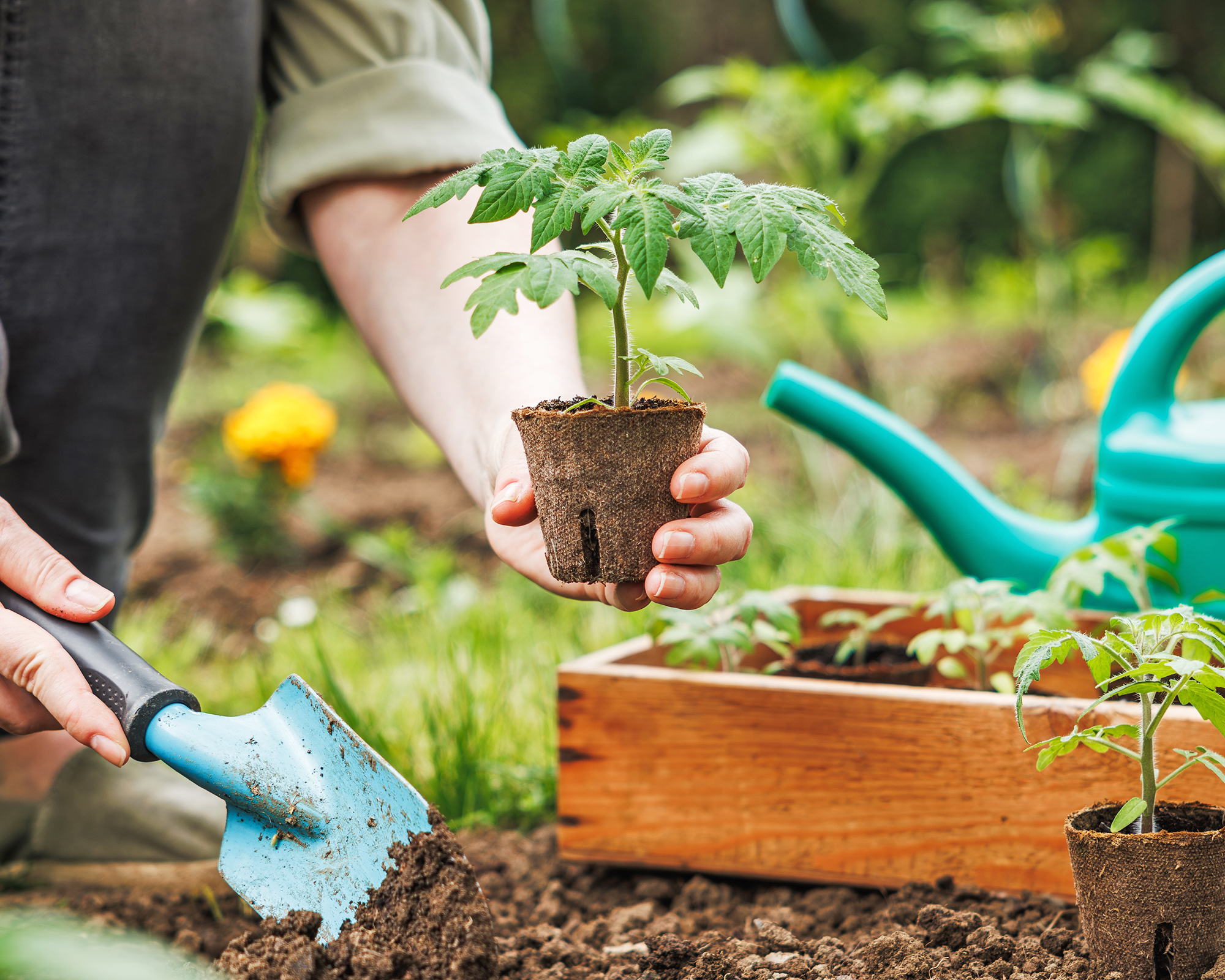
Cherry Tomato Care
While cherry tomatoes are some of the easiest tomatoes to grow, it's vital to provide them with the proper care in order to get a good crop. Follow these guidelines to ensure you meet plants' growing requirements.
Light
As with other members of the nightshade family, tomato light requirements are fairly high. Cherry tomatoes will require 6 to 8 hours of direct sunlight each day. In areas where they will receive less light, the plant will get leggy and floppy, and fruit production will be spotty.
Select a location in the garden that receives full sun, or plant the tomato in a container on casters that can easily be moved to follow the sunshine during the day.
Water
As you might imagine, given the juiciness of tomatoes, the plants need quite a bit of water. That being said, excess water can cause the fruit to split. How often to water tomatoes depends largely on the weather, but bear in mind cherry tomatoes are happiest with a heavy soaking when needed, rather than frequent light watering.
While the plant is still young and only producing vegetative growth, keep the soil moderately moist. After the first month, water deeply when the soil feels dry to the touch to a depth of 2 to 3 inches (5 to 8cm).
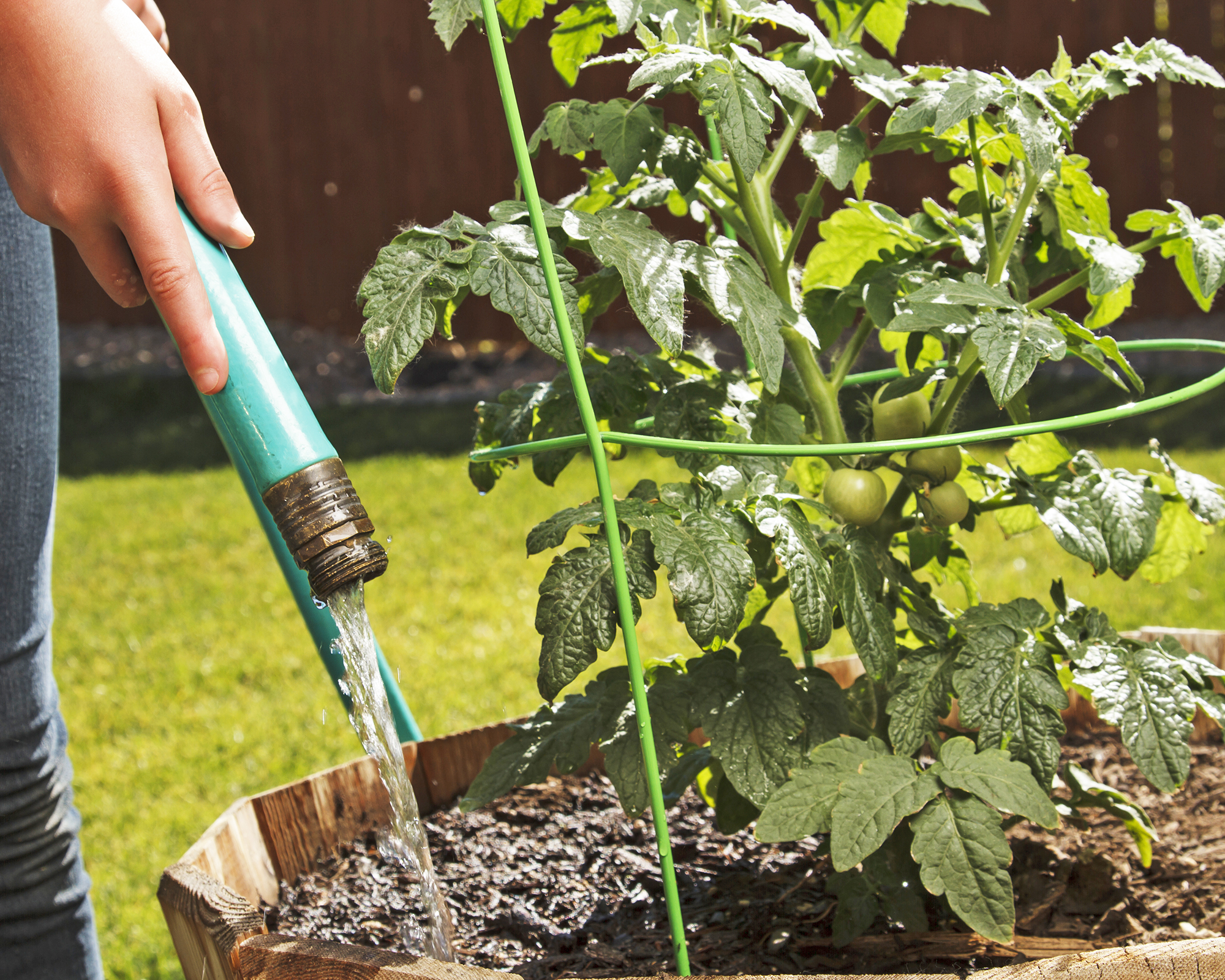
Temperature & Humidity
These are frost-tender plants, so tomato plant temperature tolerance is low. Wait to plant outdoors until all danger of frost has passed. Nighttime temperatures below 55°F (13°C) can cause blossom drop, but so can temperatures above 75°F (24°C) at night with hot day temperatures.
Cherry tomatoes do not enjoy high humidity. Excess air moisture can diminish fruit quality and yield. The optimal humidity levels are between 65 to 70 percent at night and 80 to 90 percent during the day.
Soil
Cherry tomatoes can be a bit fussy about their soil. Rich, nutrient-dense, well-draining loam is the best soil for tomatoes, and they are happiest with a pH balance of 6.2 to 6.5.
In areas with heavy or clay soil, incorporate plenty of compost or other organic matter deeply to enrich and loosen the site. Container-grown plants will do well in a quality purchased potting soil that percolates well.
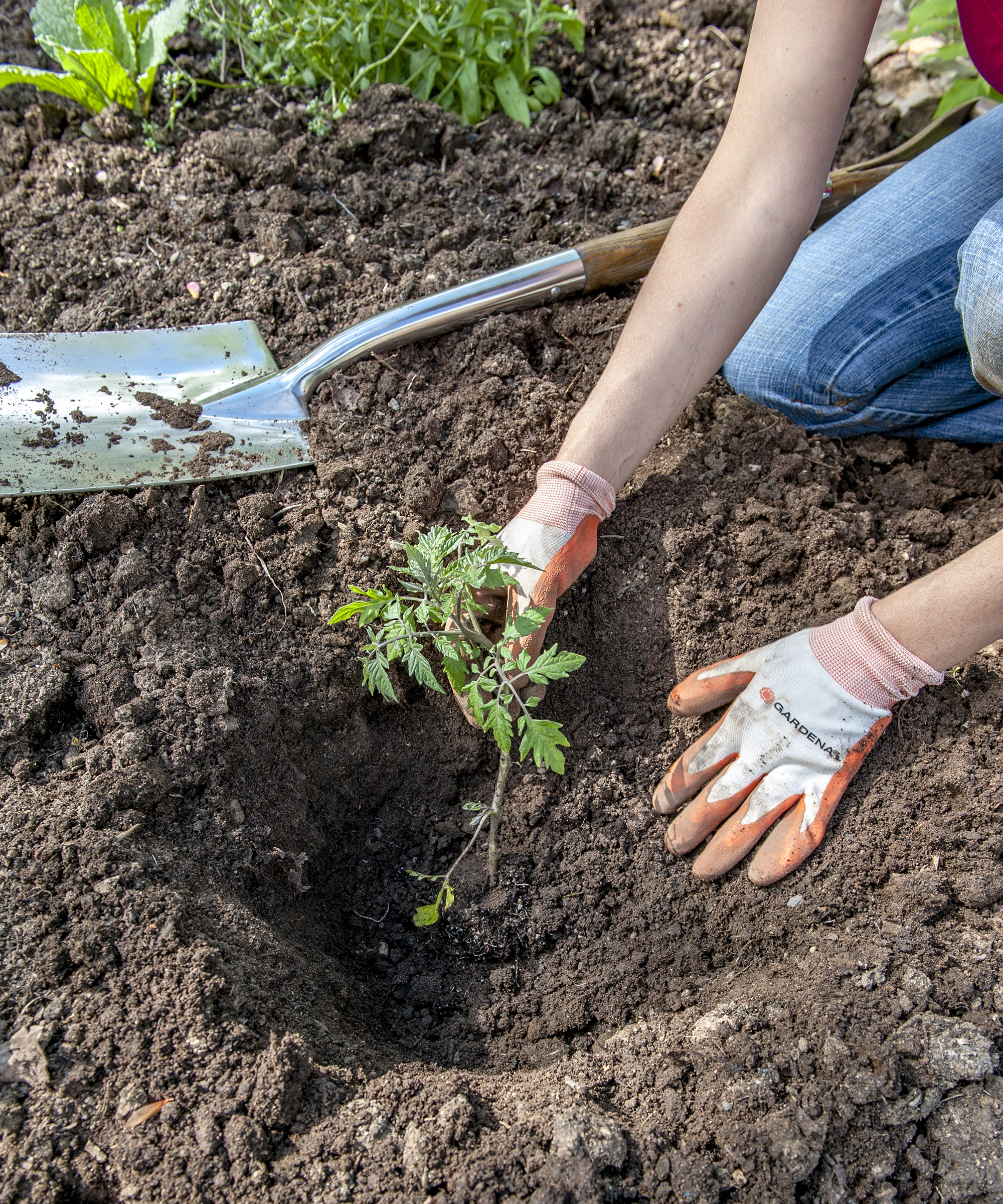
Fertilizer
Cherry tomatoes are heavy feeders. In order to get high yields of good-quality fruit, prepare the bed or container soil with compost or aged manure for a slow release of nitrogen. After a month, most plants respond to gentle, regular feedings.
The best fertilizer for tomatoes is slightly lower in nitrogen and higher in phosphorus, such as a 10-20-10 plant food. You can also use fish emulsion, compost tea, or kelp.
Homemade tomato fertilizer can be very effective, with popular recipes containing kitchen scraps such as eggshells and banana peels.
Pruning
Pruning tomato plants is important for the development of cherry varieties, especially when growing indeterminate types. Continued care involves pinching off tomato suckers that pop up. Each of these has the capacity to develop into a new shoot. If all the suckers develop, the result is a tangled mess and the plant diverts too much energy to each stem. This leads to less fruit production.
Look at where the branches meet the stalk and form a “V.” Removing the small suckers at these junctions and at the bottom of the main stalk will let your plant to use more of its energy to make fruit.
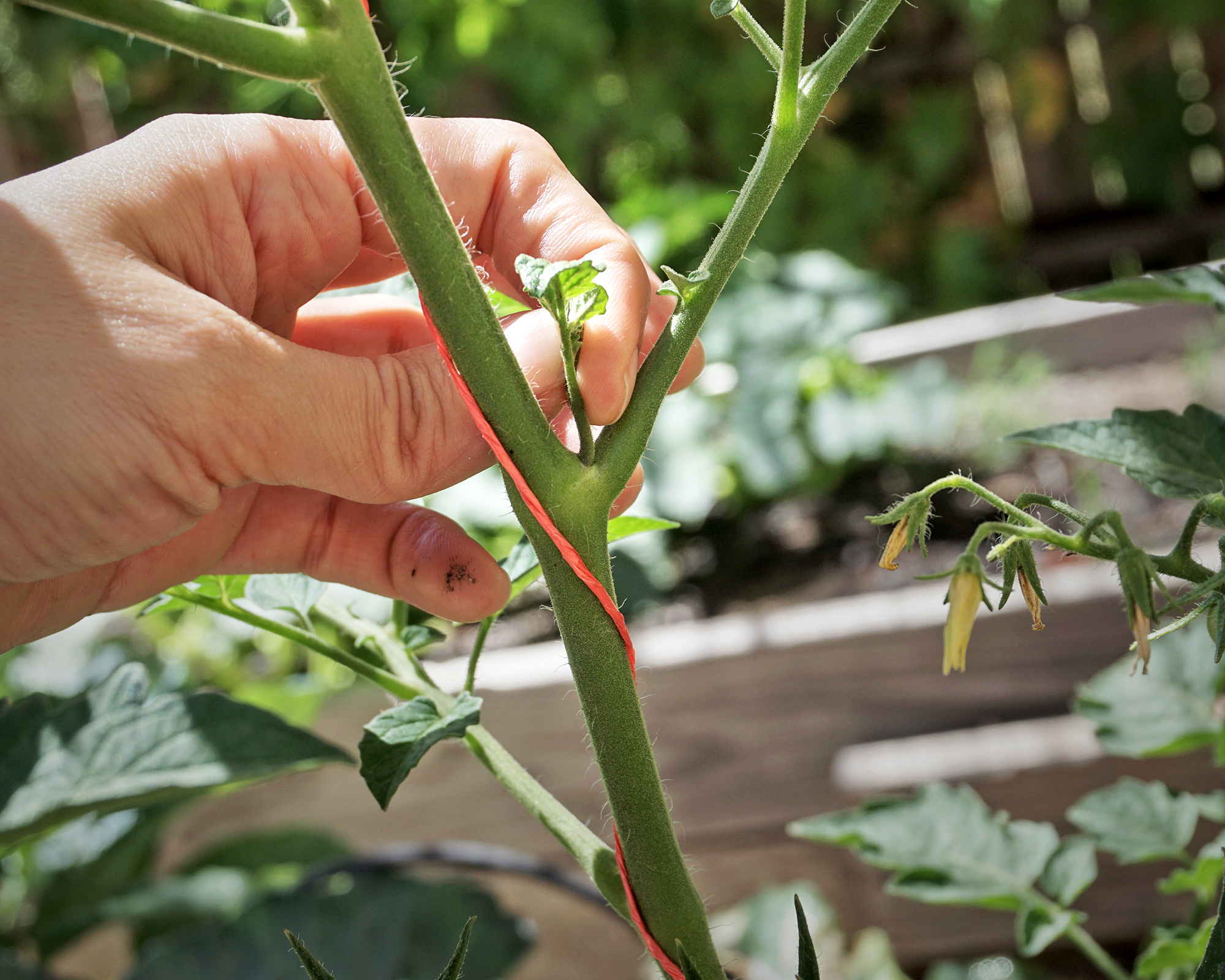
Growing Cherry Tomatoes in Containers
Cherries are a dream for those with little gardening space. They are perfect for growing tomatoes in containers, provided the pot has enough space for the mature plant. Some varieties of cherry tomato make lovely trailing specimens in a tomato hanging basket.
If you don't have much outside space, then growing cherry tomatoes indoors in pots is an option if you have a sunny spot. Whether indoors or out, make sure the container has plenty of drainage holes and the soil percolates well.
Container plants should be watched carefully, as they need more frequent watering than those in the ground.
Supporting Plants
Supporting cherry tomatoes is important if plants start to become bushy. You can opt to stake tomatoes a few inches away for support, and to keep the fruit from lying on the ground. Tie the plant’s main stalk gently to the stake with a piece of yarn or soft string, and plan to rearrange it as the plant grows.
For vigorous varieties, making a DIY tomato cage is a great idea, or you could add a tomato string trellis to provide an inexpensive vertical support.
Harvesting Cherry Tomatoes
Picking fresh ripe cherry tomatoes for salads, snacks, and hors d’oeuvres is definitely one of the highlights of gardening. When to pick tomatoes depends on the climate and variety, but on average, it should take a couple of months for your cherry tomatoes to be ready.
Most tomatoes are red and should be picked when their color is bright and the fruit is still fairly firm but has some yield. It can be difficult to decide when to harvest cherries that are yellow, orange, or “black”. Taste the fruit to determine which color and texture is the most flavorful.
When they’re ready, they’ll come away with the gentlest tug. Every day or two in peak season, you’ll have more ripe cherry tomatoes to harvest.
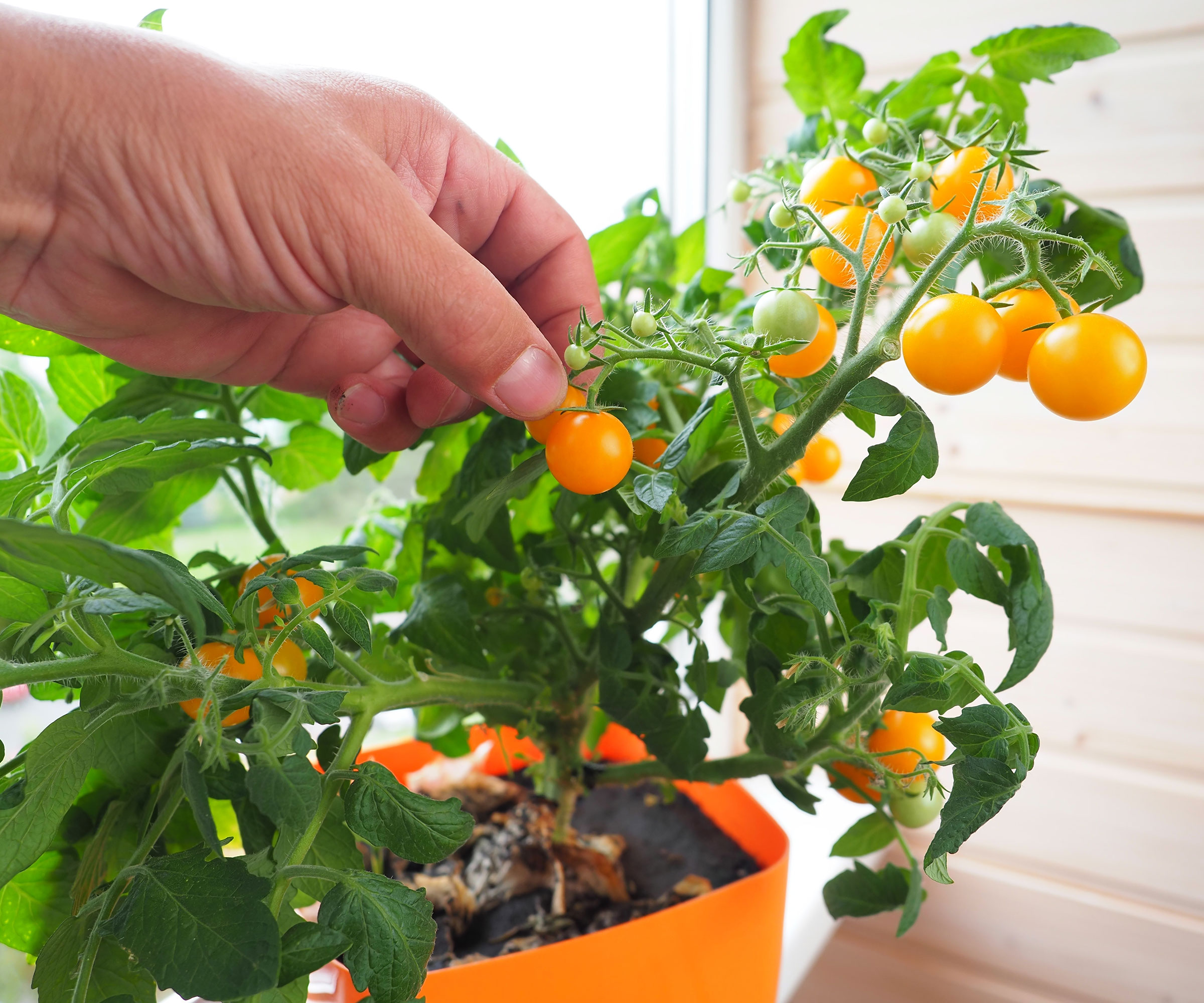
Propagating Cherry Tomatoes
Seed is the most common method of propagating cherry tomatoes. However, existing plants can be used to start new plants from cuttings – or suckers. Growing tomato plants from cuttings enables you to quickly turn one plant into several plants in the space of just 10 to 14 days. Bear in mind they will fruit a little later in the season.
Select suckers or stems with no buds and cut between 4 to 8 inches (10 to 20.5cm) of the sucker. For determinate plants, you can select healthy stems. Either put the cutting in water or plant it directly in soil. Within a week, it should have rooted and be ready for transplanting.
Problems, Pests & Diseases
Many of the common tomato plant problems that plague other varieties can also affect cherry tomatoes. However, their fast growth rate means they are quicker to crop and so less likely to suffer. Issues to look for include:
- Under and overwatering can cause various problems in tomato plant growth. Watch the plants carefully for signs of water stress.
- Cherry tomatoes are notorious for becoming a tangle if left unmanaged. Provide string or stakes to help stems grow separately.
- Aphids and other insects enjoy snacking on the sap and fruit of the plant. Use organic sprays to combat.
- Caterpillars, including tomato hornworm, are also a concern and may be hand-picked from the plant.
- If possible, select disease-resistant tomato varieties. The most common tomato diseases are Verticillium wilt, Fusarium, tobacco mosaic virus, and septoria leaf spot.
- A very common issue is blossom end rot. This is caused by a lack of available calcium. There are fertilizers designed for tomatoes that have added calcium to prevent fruit loss.
More Tomato Growing Inspiration
- Want to know how to make tomato plants grow faster? Discover 7 expert tips for an early bounty
- Learn how to grow hydroponic tomatoes for fresh indoor harvests – no soil required.
- Try companion planting for success! These 6 best herbs to plant with tomatoes will give better flavor and bigger harvests.
- Want even more information on growing delicious tomatoes? Download our Complete Guide to Tomatoes today.

Bonnie Grant is a professional landscaper with a Certification in Urban Gardening. She has been gardening and writing for 15 years. A former professional chef, she has a passion for edible landscaping.
- Caroline BloomfieldManager of Marketing Communications
- Melanie GriffithsEditor in Chief
- Laura WaltersContent Editor
